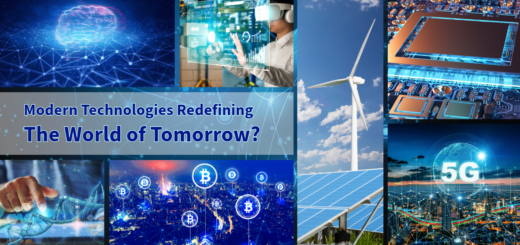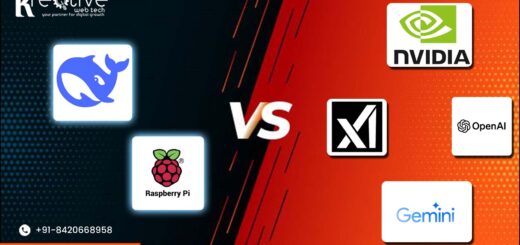The Future of AI: Understanding Machine Learning vs. Deep Learning
Artificial Intelligence (AI) is evolving at an unprecedented pace, reshaping industries, automating processes, and driving innovation across the globe. In 2025 and beyond, businesses and developers must stay ahead of emerging trends in artificial intelligence to remain competitive. Simultaneously, the debate between machine learning vs. deep learning continues to grow, leaving many aspiring AI professionals wondering which path to take.
This article explores key AI trends, the evolving landscape of AI development, and a clear comparison of machine learning vs. deep learning, helping both businesses and individuals navigate the future of AI.
Trends in Artificial Intelligence: What’s Driving AI Innovation in 2025?
AI is no longer a futuristic concept—it’s shaping the present. From AI-powered automation to generative AI, the landscape is rapidly shifting. Here are the top trends in artificial intelligence that are defining the future:
1. Generative AI: Beyond Text and Images
While ChatGPT, DALL·E, and MidJourney have revolutionized AI-generated content, generative AI is expanding beyond text and images. Businesses are now leveraging AI for:
- AI-generated code to assist software developers.
- Synthetic data creation for training machine learning models.
- AI-driven music and video production, disrupting the entertainment industry.
Generative AI is no longer just a tool—it’s becoming an essential co-pilot for creativity and problem-solving.
2. AI Ethics and Responsible AI Development
As AI becomes more powerful, concerns around bias, privacy, and accountability are rising. In 2025, expect:
- Stronger AI regulations from governments worldwide.
- Explainable AI (XAI) to make AI decisions more transparent.
- Ethical AI frameworks guiding businesses in responsible AI development.
Companies that fail to prioritize AI ethics risk losing user trust and facing legal challenges.
3. AI for Cybersecurity: Defending Against Evolving Threats
With cyber threats becoming more sophisticated, AI is playing a critical role in cybersecurity. AI-powered threat detection systems are being developed to:
- Identify and prevent cyberattacks in real time.
- Detect anomalies in network behavior before breaches occur.
- Automate security monitoring, reducing human error.
As AI improves, so do AI-generated cyberattacks, making AI vs. AI the next frontier in cybersecurity battles.
4. AI in Healthcare: Predictive and Personalized Medicine
The healthcare industry is leveraging AI for early disease detection, personalized treatment plans, and medical automation. Emerging AI-driven trends include:
- AI-assisted drug discovery to speed up pharmaceutical research.
- AI-powered diagnostics detect diseases like cancer with greater accuracy.
- Virtual health assistants, improve patient care through personalized recommendations.
Healthcare AI is moving from assisting doctors to becoming integral to diagnosis and treatment.
5. AI and IoT Integration: The Rise of Smart Everything
The convergence of Artificial Intelligence and the Internet of Things (AIoT) is creating hyper-intelligent systems that autonomously manage smart cities, homes, and industries. Trends include:
- AI-powered predictive maintenance in manufacturing.
- Smart cities using AI to optimize traffic, energy, and security.
- Personalized smart home assistants that learn user preferences.
As IoT devices generate more data, AI will play a crucial role in analyzing and acting on real-time insights.
6. Low-Code and No-Code AI: Democratizing AI Development
Not everyone is a data scientist, and low-code/no-code AI platforms are making AI more accessible. These tools allow businesses to:
- Build AI models without extensive programming knowledge.
- Automate workflows with AI-powered decision-making.
- Rapidly deploy AI solutions without deep technical expertise.
This trend is accelerating AI adoption across industries, making AI development more user-friendly and cost-effective.
Machine Learning vs. Deep Learning: Understanding the Differences and What to Learn
While AI is the broad umbrella, machine learning (ML) and deep learning (DL) are key subfields within it. Many aspiring AI professionals struggle to decide which one to focus on. Let’s break it down:
Machine Learning: The Foundation of AI
Machine learning is the science of teaching machines how to learn from data without being explicitly programmed. It includes:
- Supervised learning: Training models with labeled data.
- Unsupervised learning: Finding patterns in unlabeled data.
- Reinforcement learning: Teaching AI through trial and error.
When to Use Machine Learning:
- Predictive analytics (e.g., fraud detection, recommendation systems).
- Pattern recognition (e.g., market trends, customer segmentation).
- Data-driven decision-making in finance, healthcare, and business.
Deep Learning: Mimicking the Human Brain
Deep learning is a subset of ML that uses artificial neural networks to process vast amounts of data. Unlike traditional ML, deep learning models automate feature extraction, making them more powerful for complex tasks.
Deep Learning Powers:
- Computer vision (facial recognition, medical imaging).
- Natural language processing (NLP) (chatbots, language translation).
- Autonomous systems (self-driving cars, robotics).
When to Use Deep Learning:
- Handling large-scale unstructured data (images, speech, videos).
- Automating complex AI tasks without manual feature selection.
- Creating human-like AI applications (voice assistants, generative AI).
Which One Should You Learn?
- If you’re starting in AI: Learn machine learning first—it’s the foundation.
- If you want to specialize in AI automation, NLP, or computer vision: Deep learning is your best bet.
- For career flexibility: ML is more widely applicable, but DL is essential for cutting-edge AI applications.
AI Trends and Learning: The Road Ahead
As trends in artificial intelligence continue to evolve, understanding the difference between machine learning vs. deep learning is crucial for anyone looking to build AI-driven solutions.
- For businesses: AI is no longer optional—it’s a necessity for innovation, efficiency, and competitive advantage.
- For developers: Knowing both ML and DL will be key to staying relevant in the AI job market.
- For industries: AI integration will drive transformation, from automation to predictive analytics.
The AI revolution is just beginning. Whether you’re a business leader implementing AI or an aspiring AI professional, now is the time to invest in AI knowledge and skills. The future of AI belongs to those who understand it—so, are you ready?





